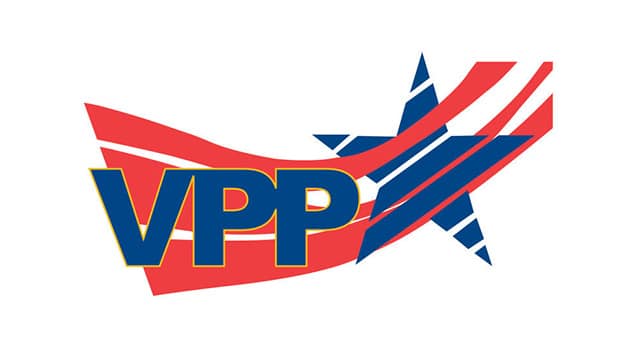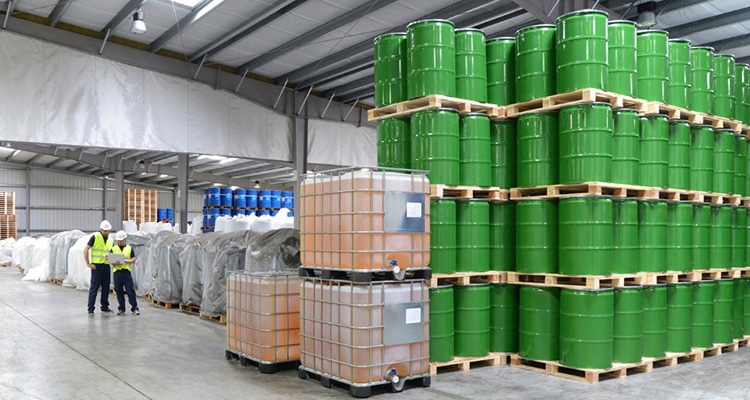Measuring chemical inventory drift has gained increasing interest from EHS professionals over the past few years. Not because it carries a large financial cost or that it’s particularly disruptive to operations but due to regulatory demands for accurate chemical inventory. There’s little room for error. The EPA is scaling up enforcement efforts using remote advanced technology for audits and increasing financial penalties for noncompliance.
The solution is not to measure chemical drift but prevent it. A dedicated EMS chemical inventory SaaS solution:
- has built-in and user-defined fail-safes to prevent drift from occurring
- uses mobile barcode technology digitally records inventory transfers
- automates regulatory compliance and reporting
How automation prevents chemical inventory drift
A dedicated chemical inventory SaaS solution can be standalone or integrated with an organization’s ERP/MRP system. The key to eliminating chemical drift and other inaccuracies is through an authorization hierarchy and restrictive user roles.
Has built-in and user-defined fail-safes to prevent drift from occurring
The first step is to import or set up a master database of allowable chemical inventory items. Chemicals outside these parameters cannot be processed without company-defined authorizations. An inventory code is assigned and a tracking barcode is generated.
At the granular level, allowable chemicals by storage and use locations can be defined to prevent unauthorized inventory transfers. Approved stock levels and use limits can be set. Set inventory warnings and stop limit notifications. Chemical storage incompatibility notifications can signal potential inventory drift.
Mobile barcode technology digitally records inventory transfers
- Purchase order approvals can be defined by user, chemical class, and location
- Starts the barcode tracking process to set up the automated receiving function
- Set up authorized receivers and contacts by location or chemical class
- Printable barcodes are printed and affixed to containers and scanned to automatically receive inventory
- Barcodes are scanned with each movement to automatically record chemical inventory transfers
- Chemical storeroom capability with barcode check-in and check-out tools
Automates regulatory compliance and reporting
Environmental regulatory reporting and compliance is an increasing administrative burden to EHS departments. All Federal, state, and local regulatory reports are formatted for e-filing or printable for paper filing as needed. Automatic cloud-based reporting updates are seamlessly added to EMS. Location cycle counts can identify and correct chemical drift for accurate regulatory reporting.
OSHA-compliant Hazard Communication is digitally attached to each inventory item:
- Safety Data Sheet (SDS)
- GHS-compliant label printing
- Automatic chemical and hazard classification updates
- Automatic risk assessments
- Storage Compatibility Rules
- Chemical location mapping for first responders
- Hazardous Waste Disposal compliance
- Automatic Regulatory threshold notifications
An ounce of prevention
Many organizations have centralized chemical inventory control around multi-stakeholder teams to mitigate growing risk potential. They’ve found that inventory inaccuracies like chemical drift are indicative of deeper problems in an organization’s value chain that can only be solved through business process automation. At around $1,000 per user per year, an SaaS EMS inventory solution is often less costly than trying to measure chemical drift manually. And it’s more accurate.
Chemical Safety’s Environmental Management Systems (EMS) has been the industry’s most mature and comprehensive software solution. With more than 30 years of experience, thousands of deployments, and tens of thousands of active users, Chemical Safety has a solid history of successful implementations and satisfied customers with many of the largest corporate and government entities in the US and beyond. If you want to learn more about Chemical Safety’s offerings, contact us at sales@chemicalsafety.com



